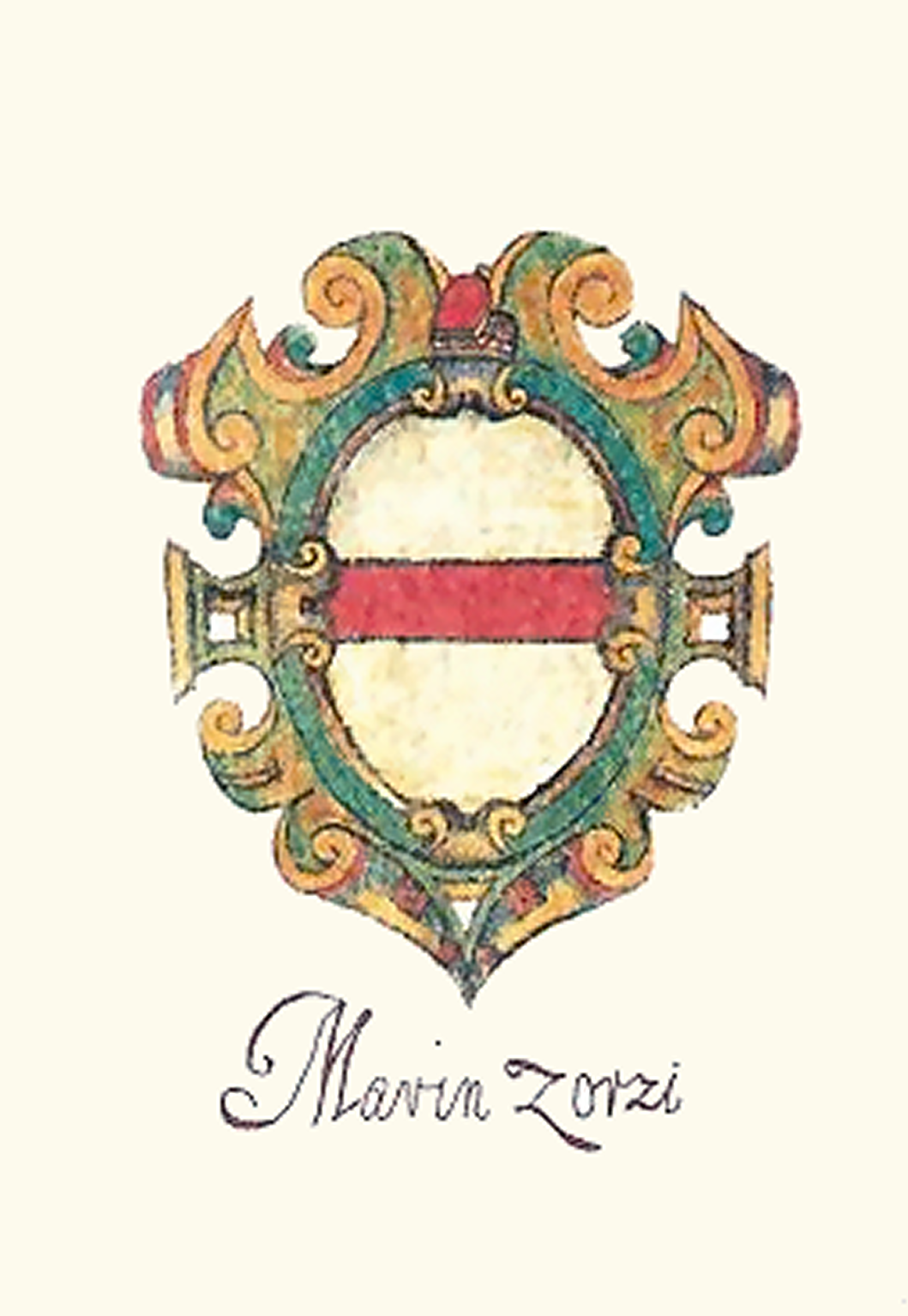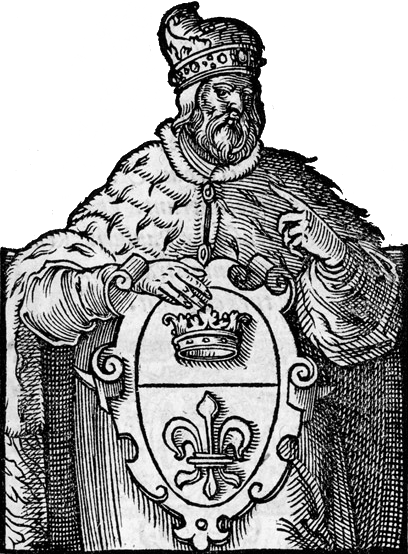|
Giovanni Soranzo
Giovanni Soranzo (born Burano, 1240 - died Venice, 31 December 1328) was a Venetian statesman of the prominent Soranzo family who served as the 51st Doge of Venice. He ascended to the position on 13 July 1312 and served until his death. Soranzo was a member of a noble family; he was married to Franchesina. In 1310 his son-in-law, Niccolo' Querini was exiled for life from Venice for taking part in Bajamonte Tiepolo's conspiracy to overthrow the state. Soranzo was succeeded as Doge by Francesco Dandolo Monument to Doge Francesco Dandolo Francesco Dandolo (died 1339) was the 52nd Doge of Venice. He ruled from 1329 to 1339. During his reign Venice began its policy of extending its territory on the Italian mainland. Family The Dandolo fam .... References 1240 births 1328 deaths 14th-century Doges of Venice {{Italy-politician-stub ... [...More Info...] [...Related Items...] OR: [Wikipedia] [Google] [Baidu] |
Doge Giovanni Soranzo
A doge ( , ; plural dogi or doges) was an elected lord and head of state in several Italy, Italian city-states, notably Republic of Venice, Venice and Republic of Genoa, Genoa, during the medieval and renaissance periods. Such states are referred to as "crowned republics". Etymology The word is from the Venetian language, reaching English language, English via French language, French. ', along with the related English word ''duke'' and the Italian language, Italian '', '' (masculine) and ' (feminine) all descend from the Latin ', meaning either "spiritual leader" or "military commander". However, the words ''duce'' and ''Duca'' are not interchangeable. Moreover, ''Duca'' (duke) is an aristocratic and hereditary title. The wife of a doge is styled a ''Dogaressa'' and the office of the doge is termed ''dogeship''. Usage The title of ''doge'' was used for the elected chief of state in several Italy, Italian "crowned republics". The two best known such republics were Republic of V ... [...More Info...] [...Related Items...] OR: [Wikipedia] [Google] [Baidu] |
Burano
Burano is an island in the Venetian Lagoon, northern Italy, near Torcello at the northern end of the lagoon, known for its lace work and brightly coloured homes. The primary economy is tourism. Geography Burano is from Venice, a 45-minute trip from St. Mark's Square by vaporetto, a Venetian water bus. The island is linked to Mazzorbo by a bridge. The current population of Burano is about 2,400. Originally, there were five islands and a fourth canal that was filled to become ''via e piazza Baldassare Galuppi'', joining the former islands of ''San Martino Destra'' and ''San Martino Sinistra''. Burano has historically been subdivided into five sestieri, much like Venice. They correspond to the five original islands. The sixth sestiere is neighboring Mazzorbo: Burano has a high population density, calculated at more than 13,000 per square kilometer, or more than twenty times the density of neighboring Mazzorbo. It is almost entirely covered by residential buildings, with few ... [...More Info...] [...Related Items...] OR: [Wikipedia] [Google] [Baidu] |
Venice
Venice ( ; it, Venezia ; vec, Venesia or ) is a city in northeastern Italy and the capital of the Veneto Regions of Italy, region. It is built on a group of 118 small islands that are separated by canals and linked by over 400 bridges. The islands are in the shallow Venetian Lagoon, an enclosed bay lying between the mouths of the Po River, Po and the Piave River, Piave rivers (more exactly between the Brenta (river), Brenta and the Sile (river), Sile). In 2020, around 258,685 people resided in greater Venice or the ''Comune di Venezia'', of whom around 55,000 live in the historical island city of Venice (''centro storico'') and the rest on the mainland (''terraferma''). Together with the cities of Padua, Italy, Padua and Treviso, Italy, Treviso, Venice is included in the Padua-Treviso-Venice Metropolitan Area (PATREVE), which is considered a statistical metropolitan area, with a total population of 2.6 million. The name is derived from the ancient Adri ... [...More Info...] [...Related Items...] OR: [Wikipedia] [Google] [Baidu] |
Doge Of Venice
The Doge of Venice ( ; vec, Doxe de Venexia ; it, Doge di Venezia ; all derived from Latin ', "military leader"), sometimes translated as Duke (compare the Italian '), was the chief magistrate and leader of the Republic of Venice between 726 and 1797. Doges of Venice were elected for life by the Venetian nobility. The ''doge'' was neither a duke in the modern sense, nor the equivalent of a nobility, hereditary duke. The title "doge" was the title of the senior-most elected official of Republic of Venice, Venice and Republic of Genoa, Genoa; both cities were republics and elected doges. A doge was referred to variously by the titles "My Lord the Doge" ('), "Most Serene Prince" ('), and "Serene Highness, His Serenity" ('). History of the title Byzantine era The office of doge goes back to 697. The first historical Venetian doge, Orso Ipato, Ursus, led a revolt against the Byzantine Empire in 726, but was soon recognised as the () and (a honorific title derived from the Greek w ... [...More Info...] [...Related Items...] OR: [Wikipedia] [Google] [Baidu] |
Bajamonte Tiepolo
Bajamonte Tiepolo (died after 1329) was a Venetian noble, great-grandson of Doge Jacopo Tiepolo, grandson of Doge Lorenzo Tiepolo, son of Giacomo Tiepolo. Bajamonte's wife was the Princess of Rascia. Marco Querini, a fellow conspirator, was his father-in-law. Biography Conspiracy against the doge Unhappy with the policies of the reigning Doge, Pietro Gradenigo, Tiepolo and other members of the leading families of the old aristocracy, the Querini (Marco and Piero) and the Badoer (former Partecipazio), organized a conspiracy, put into effect on 15 June 1310, the Feast of Saint Vitus, to overthrow the Doge and the Great Council of Venice. Their plot failed due to treachery, bad planning, insufficient popular support and stormy weather. The rebels were stopped near Piazza San Marco by the forces faithful to Doge and defeated. According to a popular but historically unconfirmed tale, Tiepolo himself fled from the fight when his standard-bearer was killed by a stone mortar thrown down ... [...More Info...] [...Related Items...] OR: [Wikipedia] [Google] [Baidu] |
Francesco Dandolo
Monument to Doge Francesco Dandolo Francesco Dandolo (died 1339) was the 52nd Doge of Venice. He ruled from 1329 to 1339. During his reign Venice began its policy of extending its territory on the Italian mainland. Family The Dandolo family played an important role in Venetian history from the 12th to the 15th century. Historical references to the family go as far back as the 11th century; however, the family is not considered to be one of the so-called old families (''case vecchie'') of Venice, as it does not appear on the list of the founding families of Venice. Besides Francesco Dandolo, three other members of the family became doge: Giovanni Dandolo, Andrea Dandolo and Enrico Dandolo. Two women from the family married doges: Giovanna Dandolo to Pasqual Malipiero and Zilia Dandolo to Lorenzo Priuli. Dandolo himself was married to Elisabetta Contarini. Life Dandolo was one of the most successful Venetian diplomats. He was the Venetian Ambassador to the popes Pope C ... [...More Info...] [...Related Items...] OR: [Wikipedia] [Google] [Baidu] |
Marino Zorzi
Marino Zorzi (c. 1231 – 3 July 1312), born in Venice, was the 50th Doge of the Republic of Venice, from 23 August 1311 until his renunciation in 1312 and withdrawal to a hermitic life. He was married to Agneta (or Agnese, supposed to be surnamed Querini). Considered to have been a devout man, he had served as an ambassador to Rome. He may have been elected to decrease tensions in the city caused by the attempted revolt of Bajamonte Tiepolo as well as tensions with Rome, still angry with Venice over her occupation of the city of Ferrara (1308–09). Zorzi had not been the first choice as Doge; Stefano Giustinian had been chosen first, but Giustinian had refused the honor. The elderly Zorzi did not succeed in re-establishing good relations with the Papacy and his short reign was characterized by several natural calamities. His reign lasted only eleven months, and Zorzi, considered a saint in his lifetime, died in 1312. His garments were sought after as holy relics In reli ... [...More Info...] [...Related Items...] OR: [Wikipedia] [Google] [Baidu] |
List Of Doges Of Venice
The following is a list of all 120 of the Doges of Venice ordered by the dates of their reigns. For more than 1,000 years, the chief magistrate and leader of the city of Venice and later of the Most Serene Republic of Venice was styled the ''Doge'', a rare but not unique Italian title derived from the Latin Dux. Doges of Venice were elected for life by the city-state's aristocracy. The Venetian combination of elaborate monarchic pomp and a republican (though "aristocratic") constitution with intricate checks and balances makes "''La serenissima''" (Venice) a textbook example of a crowned republic. Despite the great power given to them, the Venetian Doges were restricted by law (unlike the Doges of the Republic of Genoa) to spend the rest of their lives inside the Doge's Palace complex and St Mark's Basilica, occasionally leaving for diplomatic reasons. Byzantine period Magister militum per Venetiae Ducal period Republican period Legacy After the Fall of the Republic of ... [...More Info...] [...Related Items...] OR: [Wikipedia] [Google] [Baidu] |
1240 Births
1 (one, unit, unity) is a number representing a single or the only entity. 1 is also a numerical digit and represents a single unit of counting or measurement. For example, a line segment of ''unit length'' is a line segment of length 1. In conventions of sign where zero is considered neither positive nor negative, 1 is the first and smallest positive integer. It is also sometimes considered the first of the infinite sequence of natural numbers, followed by 2, although by other definitions 1 is the second natural number, following 0. The fundamental mathematical property of 1 is to be a multiplicative identity, meaning that any number multiplied by 1 equals the same number. Most if not all properties of 1 can be deduced from this. In advanced mathematics, a multiplicative identity is often denoted 1, even if it is not a number. 1 is by convention not considered a prime number; this was not universally accepted until the mid-20th century. Additionally, 1 is the s ... [...More Info...] [...Related Items...] OR: [Wikipedia] [Google] [Baidu] |
1328 Deaths
Thirteen or 13 may refer to: * 13 (number), the natural number following 12 and preceding 14 * One of the years 13 BC, AD 13, 1913, 2013 Music * 13AD (band), an Indian classic and hard rock band Albums * ''13'' (Black Sabbath album), 2013 * ''13'' (Blur album), 1999 * ''13'' (Borgeous album), 2016 * ''13'' (Brian Setzer album), 2006 * ''13'' (Die Ärzte album), 1998 * ''13'' (The Doors album), 1970 * ''13'' (Havoc album), 2013 * ''13'' (HLAH album), 1993 * ''13'' (Indochine album), 2017 * ''13'' (Marta Savić album), 2011 * ''13'' (Norman Westberg album), 2015 * ''13'' (Ozark Mountain Daredevils album), 1997 * ''13'' (Six Feet Under album), 2005 * ''13'' (Suicidal Tendencies album), 2013 * ''13'' (Solace album), 2003 * ''13'' (Second Coming album), 2003 * ''13'' (Ces Cru EP), 2012 * ''13'' (Denzel Curry EP), 2017 * ''Thirteen'' (CJ & The Satellites album), 2007 * ''Thirteen'' (Emmylou Harris album), 1986 * ''Thirteen'' (Harem Scarem album), 2014 * ''Thirt ... [...More Info...] [...Related Items...] OR: [Wikipedia] [Google] [Baidu] |



.jpg)



